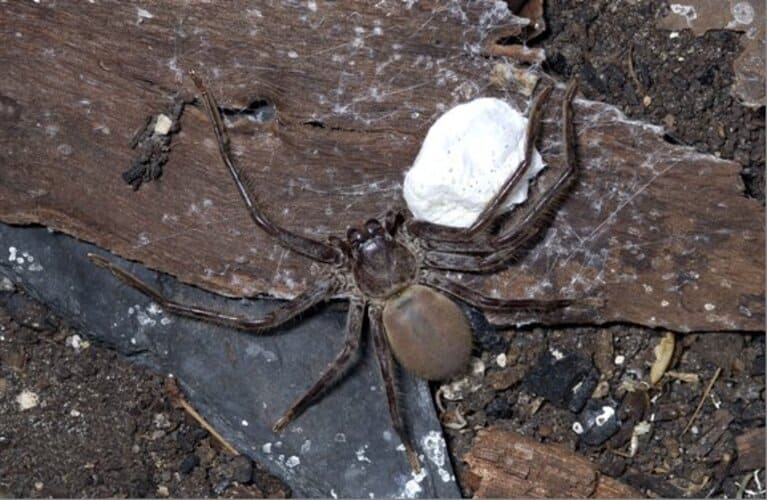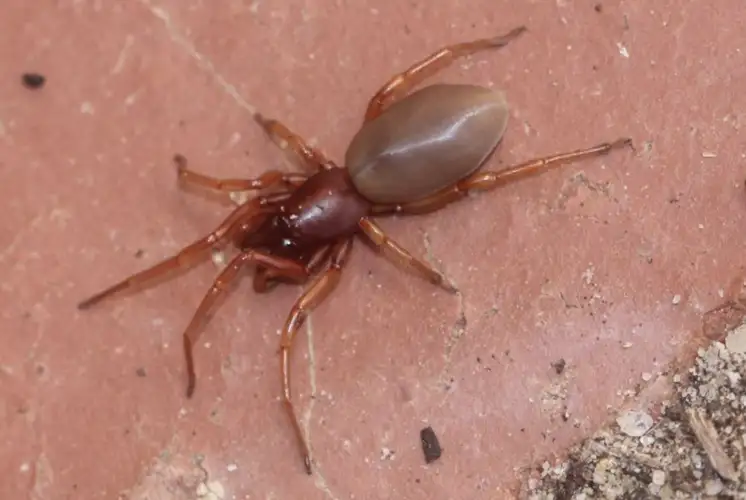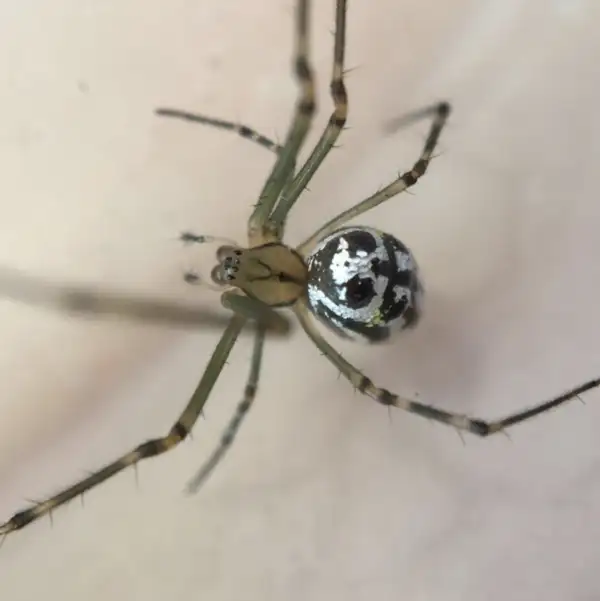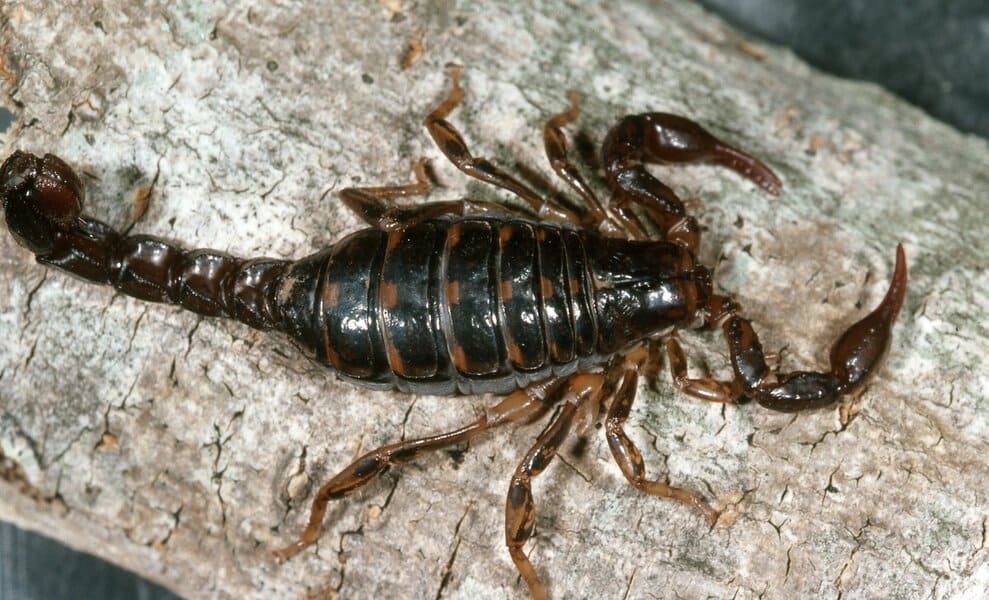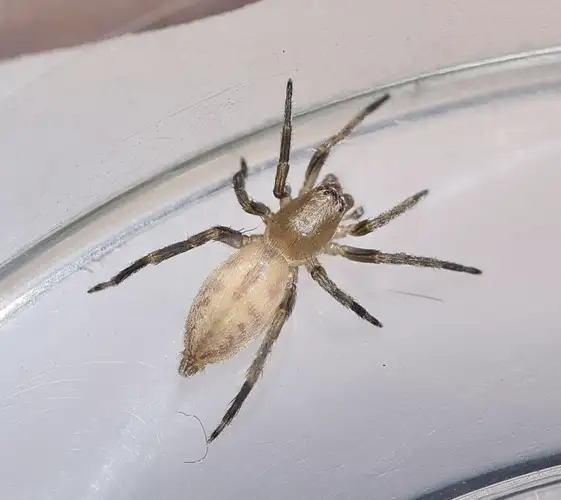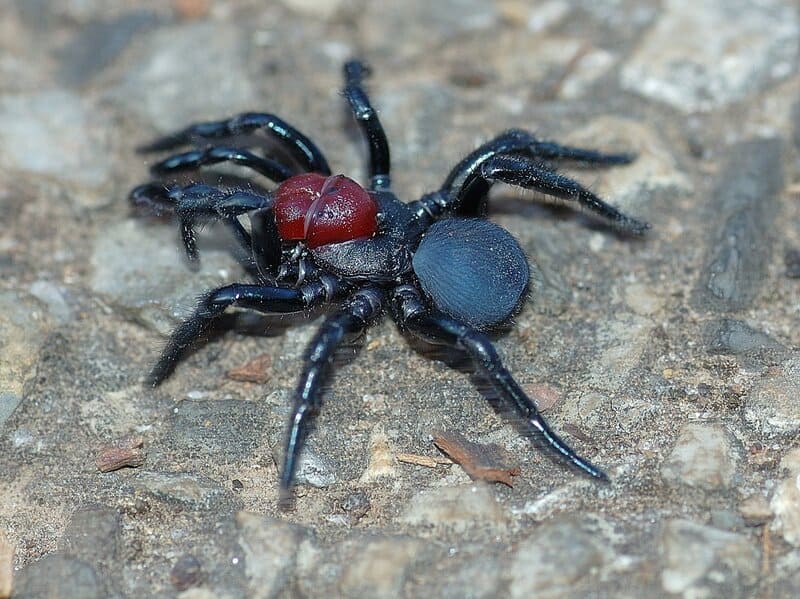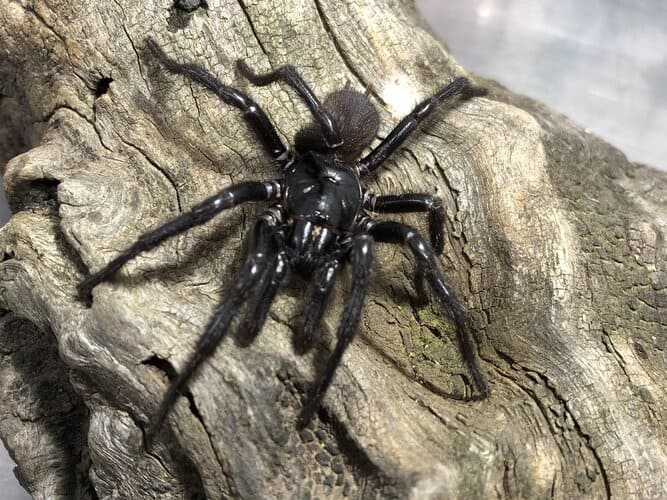Huntsman Spiders
IUCN
Not evaluatedBasic Information
Scientific classification
- name:Huntsman Spiders
- Scientific Name:Sparassidae (e.g. Heteropoda spp.)
- Outline:Arthropoda
- Family:Sparassidae Heteropoda
Vital signs
- length:Body length 1–4 cm; large species with 12–15+ cm leg span
- Weight:Varies; large species may weigh several grams, smaller species hundreds of milligrams
- lifetime:Typically 1–2 years; large species up to 2–3 years
Feature
Flattened, fast-running hunters; nocturnal; important predators of cockroaches and other insects around buildings.
Distribution and Habitat
Tree trunks, rocks, shrubs and human structures in tropical, subtropical and some warm-temperate regions worldwide.
Appearance
Flattened body with long laterally extended legs; brown, grey or yellowish colours with spots or bands for camouflage.
Details
Huntsman spiders are large, fast-running spiders belonging mainly to the family Sparassidae. They are common in Australia, Asia, Africa and many tropical to warm-temperate regions worldwide. With flattened bodies and long, laterally spread legs, they are adapted to living on tree trunks, rock faces, walls and inside buildings, where they actively hunt insects and other small invertebrates.
Basic Biology
Scientific scope: Family Sparassidae – huntsman spiders (e.g. Heteropoda spp.)
Size: Body length often 1–4 cm; leg span of large species can exceed 12–15 cm.
Longevity: Commonly 1–2 years; larger species may live 2–3 years under good conditions.
Ecology & Behaviour
Most huntsman spiders are nocturnal. They shelter by day under bark, stones, roofing, or behind furniture and become active at night, patrolling for cockroaches, moths, beetles and other prey. They do not build large capture webs; instead, they rely on speed, agility and good vision to overpower prey.
Venom & Human Interactions
Huntsman spiders possess venom to subdue prey. Bites to humans can be painful with local swelling, but are rarely medically serious in healthy individuals. Their size and speed can be startling, yet they are generally shy and prefer to flee rather than bite unless cornered or handled roughly.
Reproduction
Females produce a flattened or oval egg sac and may guard it in a retreat or carry it beneath the body. Spiderlings hatch and pass through several moults before dispersing, with some species remaining near the mother for a short period.
Ecological Role
By preying on cockroaches and many other insects, huntsman spiders provide valuable natural pest control in forests, orchards, farmland buildings and homes. For people uncomfortable with spiders, gently relocating individuals outdoors is usually preferable to heavy pesticide use.
References
McKeown, K.C. 1952. Australian Spiders: their lives and habits. Angus and Robertson.
York Main, B. 1976. Spiders. William Collins Publishers Pty Ltd, Sydney NSW.
FAQ
Q1. Are huntsman spiders dangerous?
They can deliver a painful bite, but serious medical effects are rare in healthy adults. Allergic individuals should seek medical
advice if bitten.
Q2. Why do I find large huntsman spiders in my house?
They use buildings as shelter and hunting grounds, especially where insects such as cockroaches are abundant.
Q3. Should I kill huntsman spiders indoors?
They are beneficial predators. If you do not want them inside, they can usually be trapped in a container and released outdoors.
Q4. Do huntsman spiders spin webs?
They do not construct large capture webs, using silk mainly for egg sacs, retreats and draglines.



